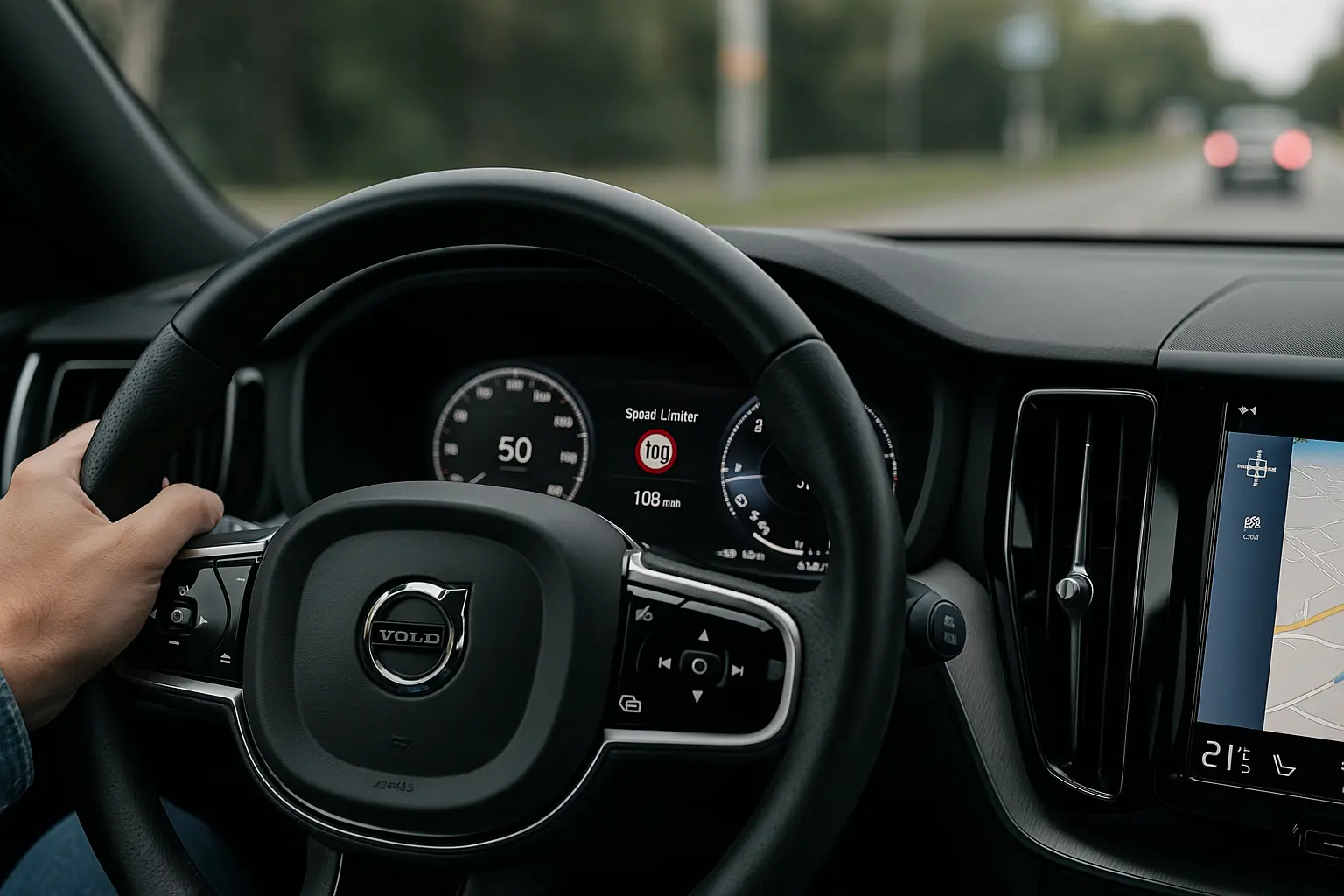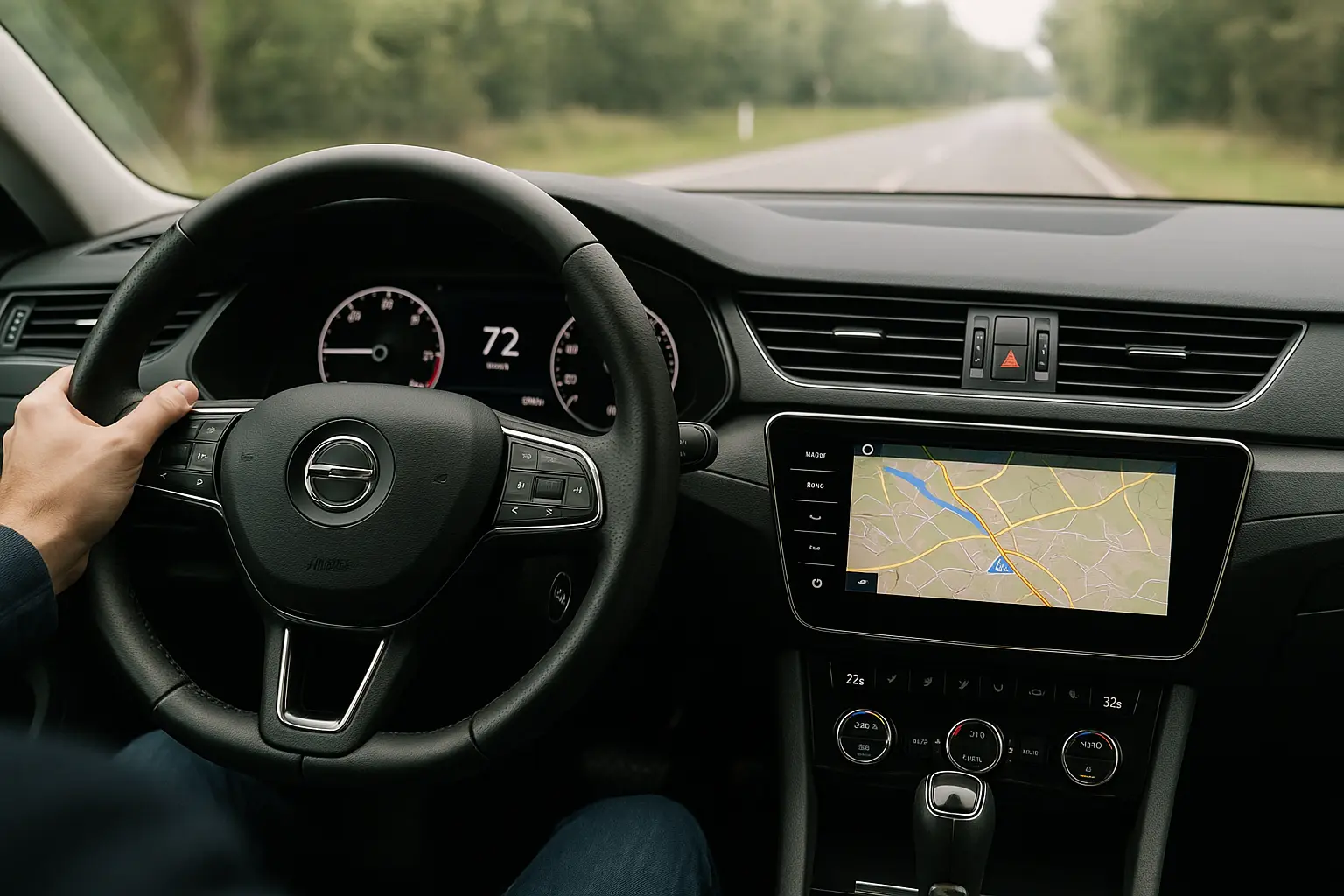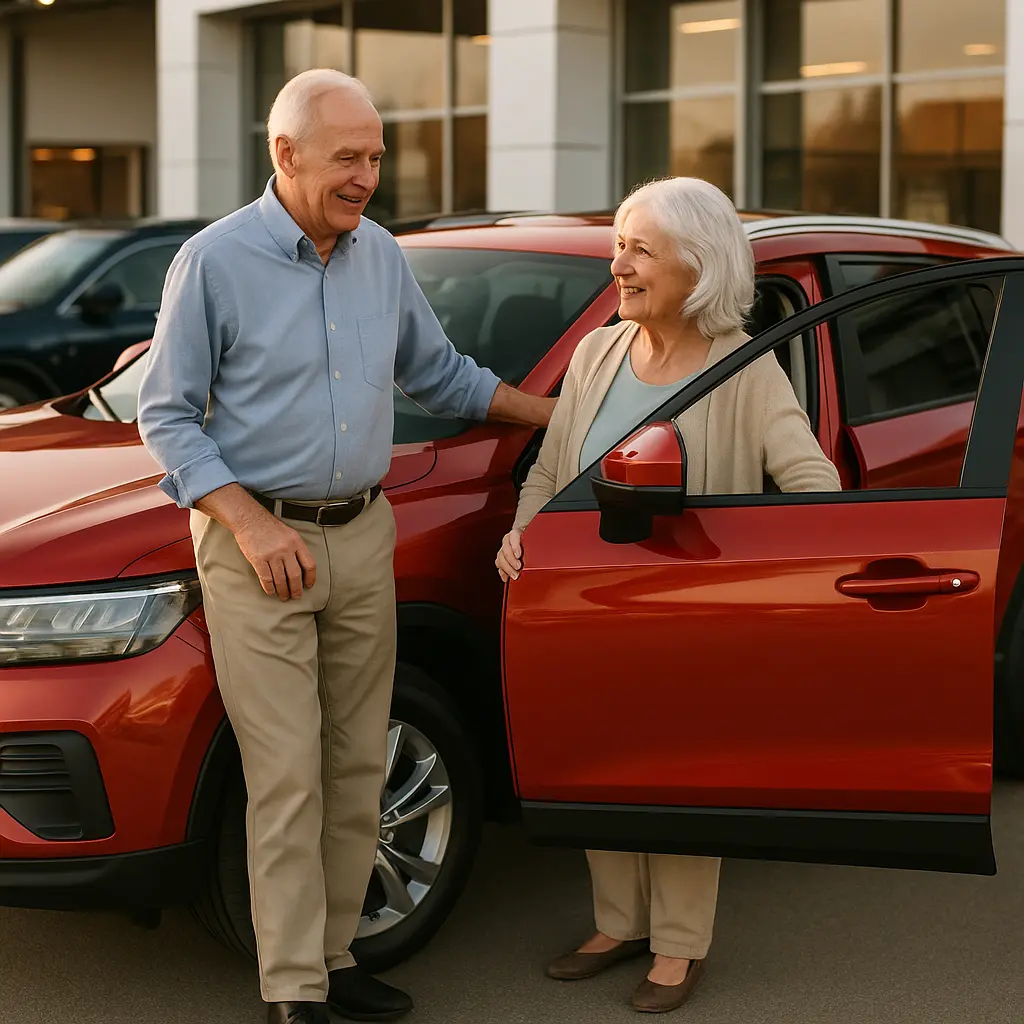What Aussie Drivers Think About Speed Limiters in New Cars

Introduction
In 2025, a quiet but significant shift is sweeping through Australia’s automotive scene: the introduction and potential mandating of speed limiters in new vehicles. While touted as a revolutionary car safety feature aligned with global regulations, this tech development is stirring debates in pub conversations, online forums, and dealership floors.
From safety advocates to spirited performance car fans, speed limiter laws are touching nerves and sparking questions:
Are they necessary? Will they make roads safer? Are they just another government overreach?
This blog dives deep into how Aussies truly feel about speed limiters—balancing safety, tech, freedom, and frustration.
What Are Speed Limiters and How Do They Work?
Speed limiters, or Intelligent Speed Assistance (ISA) systems, are not new globally but are gaining traction in Australia due to increased road safety focus. The basic concept: the vehicle uses GPS and onboard cameras to read speed limit signs and prevent drivers from exceeding those limits.
Types of Speed Limiters:
- Advisory ISA – Warns you when you're over the limit but doesn't restrict speed.
- Supportive ISA – Reduces power if you exceed speed, but allows override.
- Mandatory ISA – Restricts vehicle speed automatically with little or no override.
In many parts of Europe, these systems are now mandatory. In Australia, the discussion is heating up—especially with the 2025 regulatory spotlight.
2025 Vehicle Regulation: What’s Changed?
The Push Towards Safer Roads
Australia has committed to a zero road deaths strategy by 2050. Speed is a major contributor to crashes, especially on rural roads. In response, federal and state governments are evaluating legislation that could make ISA tech standard in all new vehicles by 2026.
- Euro NCAP pressure – Vehicles sold globally, including in Australia, now need this tech to achieve high safety ratings.
- ANCAP alignment – Australia’s safety watchdog ANCAP is gradually aligning with Euro NCAP's approach, meaning cars without ISA may get penalized in ratings.
How Aussie Drivers React: Mixed but Loud Opinions
1. The Safety-First Crowd
Some Aussie drivers, especially parents and older motorists, welcome speed limiters:
“I’d rather my son drive a car that won’t let him speed than end up another roadside stat.” — Margaret, Brisbane
Supporters argue that the majority of fatalities involve speed, and ISA tech could reduce these significantly.
2. The Freedom-Fighters
Others see this as a direct hit on driver autonomy:
“What’s next? The car pulling over if I yawn?” — Jared, WA ute owner
For many, especially performance car lovers and long-distance drivers, this feels like another way for the government to "nanny" motorists.
3. Regional and Rural Concerns
Rural drivers express a unique frustration. In areas where signage is inconsistent or outdated, the tech may misread speed zones—leading to:
- False slowdowns
- Dangerous overtaking misjudgments
- Reduced confidence in the tech
“Out here, you need to judge by the road, not by a sign that’s 20 km back.” — Colin, Outback NSW
Automakers’ Response: Tech with Choice
Brands like Toyota, Mazda, Hyundai, and even Ford have already begun integrating ISA in 2025 models sold in Australia. However, many are currently offering override options:
- Toyota: Soft override via throttle pressure
- Hyundai: Temporary override, resets each drive
- Volkswagen: Fully configurable settings
This allows automakers to please regulators and customers—for now.
Will Speed Limiters Become Mandatory in Australia?
Current Legal Position
As of mid-2025:
- Speed limiter installation is not legally required yet.
- However, many ANCAP 5-star rated cars now include ISA as standard.
- Some state governments are pushing for mandatory implementation in fleet vehicles and government purchases.
What Experts Say
- Road safety experts: Strongly support phased introduction.
- Consumer groups: Want transparency and override options.
- Industry insiders: Say it’s inevitable by 2027 if trends follow Europe.
Are Speed Limiters Really Effective?
Global Data
In the EU, trials of ISA tech showed:
- 30% drop in speeding violations
- 8–15% reduction in serious crashes
- Improved pedestrian safety
Australian Roads: A Different Story?
Australia’s vast distances, regional variance, and inconsistent signage make implementation trickier. However, experts believe:
- Urban areas will see the most benefit
- Regional adoption will take longer and need better map/signage integration
Key Pros and Cons from an Aussie Perspective
Pros:
- Improved safety, especially in urban areas
- Helps L and P plate drivers build better habits
- Potential insurance discounts
- Aligns with global vehicle tech standards
Cons:
- Loss of control in nuanced driving situations
- Incorrect speed readings can be dangerous
- Not yet suitable for off-road or rural terrains
- Override functionality varies widely by brand
Car Brands That Already Have Speed Limiters in 2025
Here’s a quick look at brands offering ISA in their 2025 line-up:
| Brand | Models with ISA Standard | Override Available | Notes |
|---|---|---|---|
| Toyota | Corolla, RAV4, Camry | Yes | Gentle override system |
| Hyundai | i30, Tucson, Kona | Yes | Auto-reset every trip |
| Ford | Focus, Ranger, Everest | Yes | Adaptive cruise tie-in |
| Mazda | CX-5, Mazda3, CX-90 | No (on some trims) | Only alerts, no limiters |
| Mercedes-Benz | Most models | Partial | Soft override only |
What Role Do Insurance Companies Play?
In 2025, insurance providers in Australia have started experimenting with:
- Telematics-based policies tied to ISA use
- Discounts for drivers who consistently stay within speed limits
- Fleet policies requiring limiter functionality
If ISA becomes standard, expect to see premium rewards for compliance—mirroring trends in the UK and Europe.
Should You Worry as a Performance Car Enthusiast?
Yes and no.
While a Toyota GR86 or Ford Mustang might include ISA, manufacturers still let you turn it off in sport modes—for now. However, performance drivers worry this tech might lead to a bland, overly restricted future for driving enjoyment.
Could Aftermarket Modifications Override Speed Limiters?
This is a murky area. Current ISA systems are deeply integrated with ECUs and GPS units. Unlike traditional limiters, they can’t be removed easily.
Tampering may void warranties, violate future laws, and disable safety ratings.
Expect tougher legal penalties if laws mandate ISA and drivers attempt to override or disable it.
Public Sentiment Snapshot – 2025 Poll
Recent survey by an independent Australian motoring body:
- 42% support ISA being standard in all new cars
- 36% want optional activation only
- 22% oppose any form of speed limiter
Support is highest among parents, city commuters, and older drivers. Opposition is strongest among regional drivers and car enthusiasts.
The Road Ahead: What's Next?
- 2026–2027: Likely regulatory push to make ISA mandatory
- 2025: More brands making ISA standard even without laws
- Insurance integration will rise significantly
- Debate will intensify—especially as regional and rural feedback shapes national conversation
Final Thoughts: The Aussie Balance of Freedom and Safety
Australia has always prided itself on freedom behind the wheel—vast open roads, legendary road trips, and spirited driving. But safety can't be ignored in a world of rising accidents and advancing tech.
Speed limiters may become the new norm, but the real question remains: Will they save lives without killing the joy of driving?
The answer depends on implementation, override transparency, and how well the tech adapts to Aussie roads. If done right, it could offer a future where safety and satisfaction can co-exist.
Leave a comment
Your email address will not be published. Required fields are marked *




















